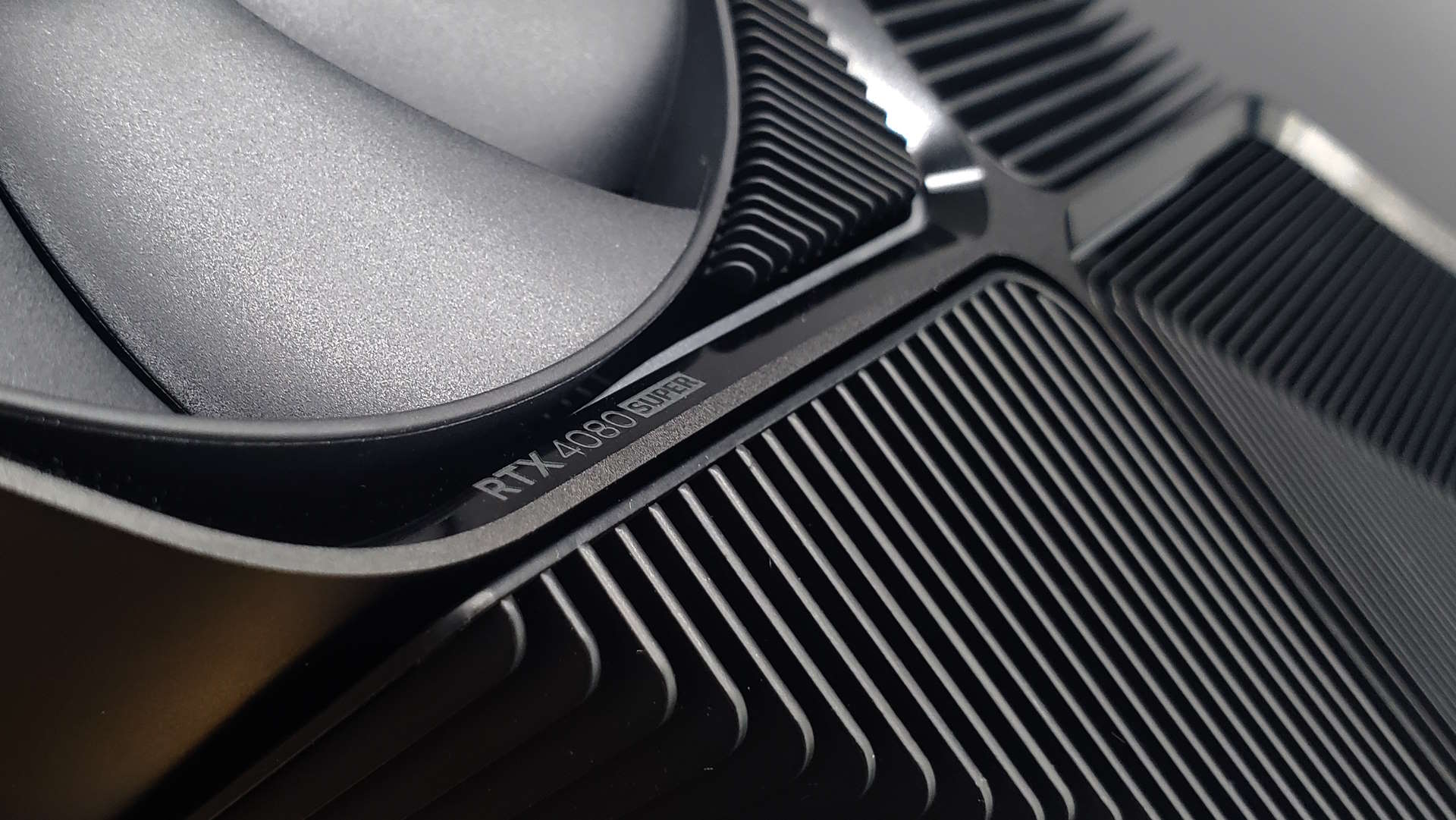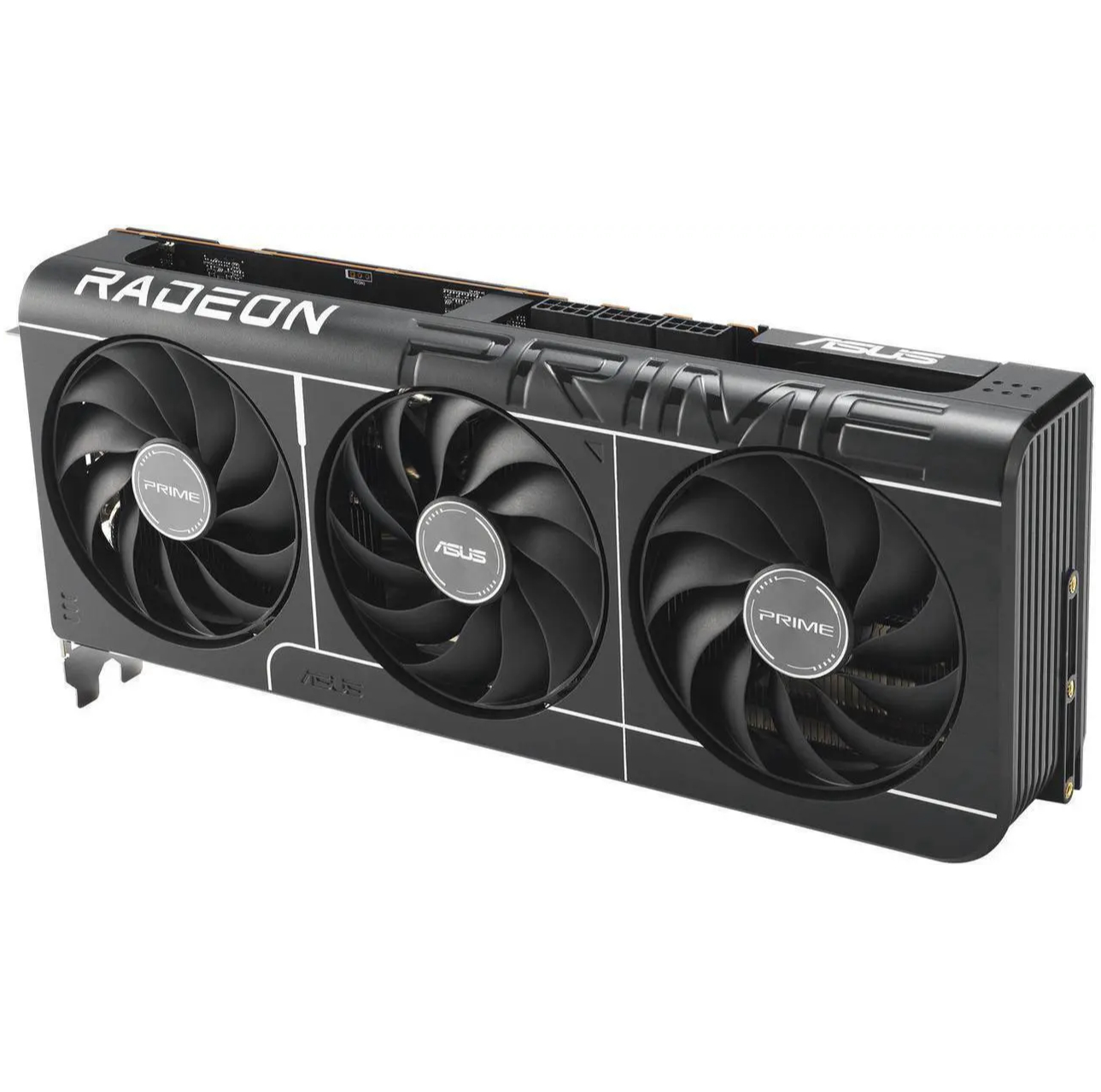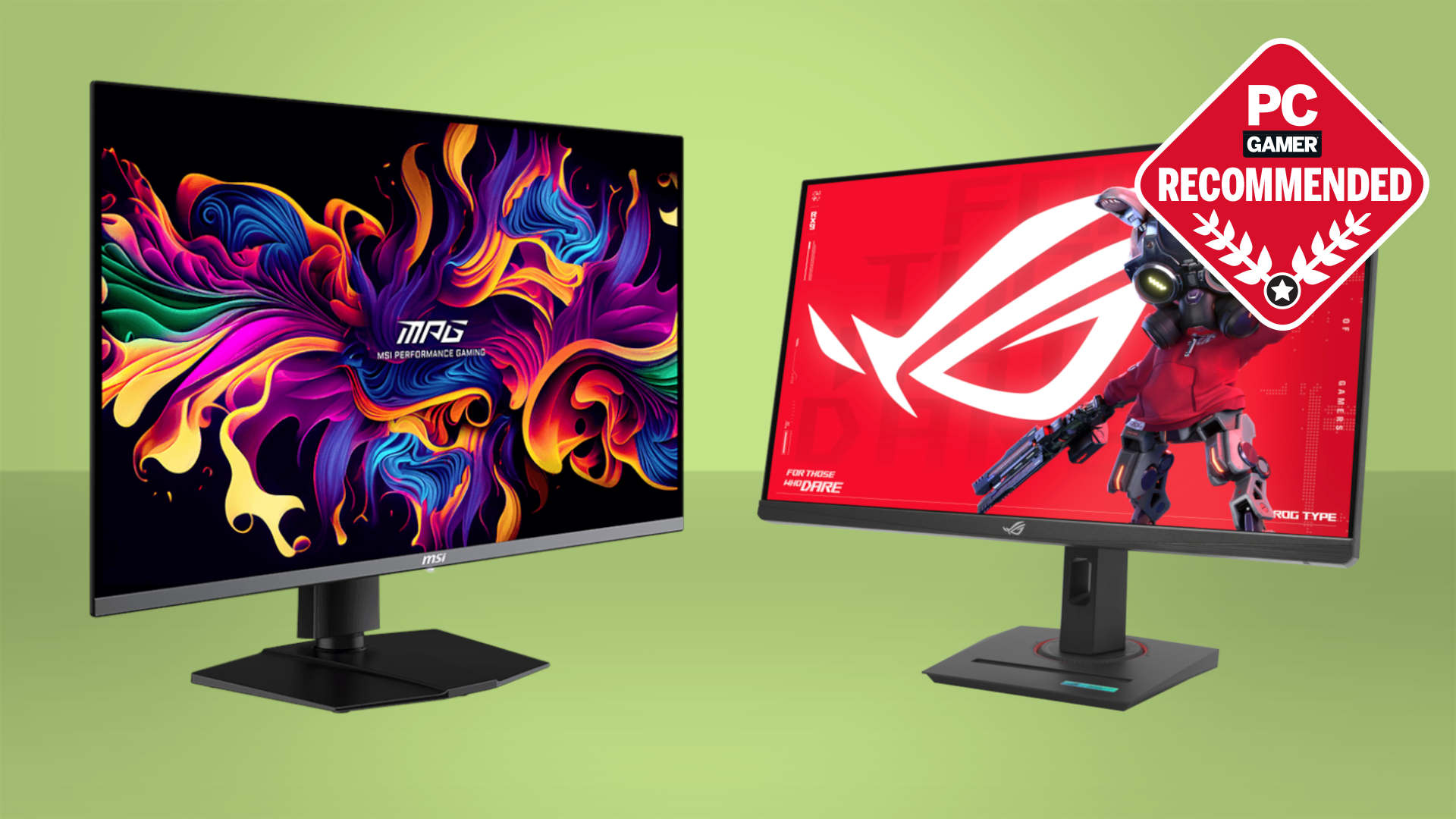RTX 40-series graphics cards can now enable Frame Generation in unsupported games via the drivers: up to a 44% fps improvement in my initial tests
A new feature called Smooth Motion makes it all possible, previously only available on the RTX 50-series. Though you will have to jump through some hoops for early access.

Heads up, RTX 40-series GPU owners, you can now enable Frame Generation on almost any modern game. The latest Nvidia GeForce drivers enable a setting called Smooth Motion, which allows Frame Gen to be enabled even on games that don't natively support it.
This setting was previously limited to RTX 50-series cards only, despite support for Frame Gen (2x mode) on the previous generation, but now RTX 40-series owners can make use of it, too. To do so requires the latest developer GeForce Game Ready drivers, 590.26.
This driver package is not yet available through the normal channels, ie the Nvidia website or Nvidia App, but rather via the developer website using a developer account. You don't have to do anything special to make an account, but if you'd prefer to wait for the regular release, that's likely to happen pretty soon, providing there are no major issues with this driver package.
As spotted by user Macer on the Guru3D forums (via Tom's Hardware), it's now possible to go into the drivers and enable the feature called Smooth Motion.
If you have the Nvidia App installed, the best way to do this is to head into the Graphics tab, select the game you'd like to enable Frame Generation with, and scroll down to the Smooth Motion setting to turn it on. I would recommend doing this on a game-by-game basis, rather than mess with the global settings, as there are a few things to consider before applying it. You can also the third-party tool called Nvidia Profile Inspector, as the feature's discoverer has done, to avoid installing any extra Nvidia applications.
To ensure the feature works, I've tested it on my RTX 4080 Super gaming PC on two games so far: Peak and Sons of the Forest. Here are the results:
| Row 0 - Cell 0 | Avg (fps) | 1% Low (fps) |
Smooth Motion off | 90 | 71 |
Smooth Motion on | 120 | 108 |
| Row 0 - Cell 0 | Avg (fps) | 1% Low (fps) |
Smooth Motion off | 116 | 32 |
Smooth Motion on | 168 | 43 |
Smooth Motion wasn't able to double my frame rate, as Frame Generation X2 loosely claims, though in both games I did see a considerable improvement in frame rates—33.3% in Sons of the Forest and 44% in Peak. In my brief time with Sons of the Forest, I noticed a slight increase in stuttering with Smooth Motion enabled, though no such issues in Peak. Generally, both games looked reasonable good for the use of Frame Generation, though that might not always be the case.
Keep up to date with the most important stories and the best deals, as picked by the PC Gamer team.
You should test this feature out on any game before applying it. Some games are sure to perform worse, or look considerably worse, for unsupported use of Frame Generation. Some simply might not work altogether. Smooth Motion is only noted as working with DX12 and DX11 games, so if you're hoping for a boost in performance on an older title, I'm afraid this isn't the answer. I had to head into Peak's launch options in Steam to switch over to DX12 mode to get Smooth Motion working, and there's mixed messages as to whether it works on Vulkan games (the Nvidia App says yes, the Nvidia website says no), but I couldn't get it to work in Destiny 2.
Just a reminder that Frame Generation uses AI to generate a new frame, or frames, inbetween rendered ones. It was introduced on RTX 40-series cards, with the ability to double frame rates by adding in one extra frame for every rendered one. Though on the RTX 50-series it can add in up to 3 more frames for seemingly greater performance, and often higher latency too. AMD has a competing tech in its FidelityFX package.
There are other ways to enable Frame Gen in unsupported games, the main one being Lossless Scaling. This application gives you plenty of options regardless of the game you're playing. Anecdotal reports suggest Lossless Scaling and Smooth Motion are both worth a punt, depending on the game at hand, though the benefit of the latter is that it's free. Still, you might want to mix and match for the best results.
If, for whatever reason, you're reading this as an owner of an AMD graphics card—good news! You can enable a similar feature in AMD's Adrenalin Software, AMD Fluid Motion Frames, or AFMF, providing you're using an RX 7000/6000-series graphics card.
Altogether, Smooth Motion is a pretty useful feature if you're playing a game without Frame Generation support baked in. More so now that it's available on the range of RTX 40-series cards. Though I do wonder when we'll see it land in the public release. It appears to work pretty well already, though I've only tested three games—hardly a large sample.

1. Best overall: AMD Radeon RX 9070
2. Best value: AMD Radeon RX 9060 XT 16 GB
3. Best budget: Intel Arc B570
4. Best mid-range: Nvidia GeForce RTX 5070 Ti
5. Best high-end: Nvidia GeForce RTX 5090

Jacob earned his first byline writing for his own tech blog, before graduating into breaking things professionally at PCGamesN. Now he's managing editor of the hardware team at PC Gamer, and you'll usually find him testing the latest components or building a gaming PC.
You must confirm your public display name before commenting
Please logout and then login again, you will then be prompted to enter your display name.

